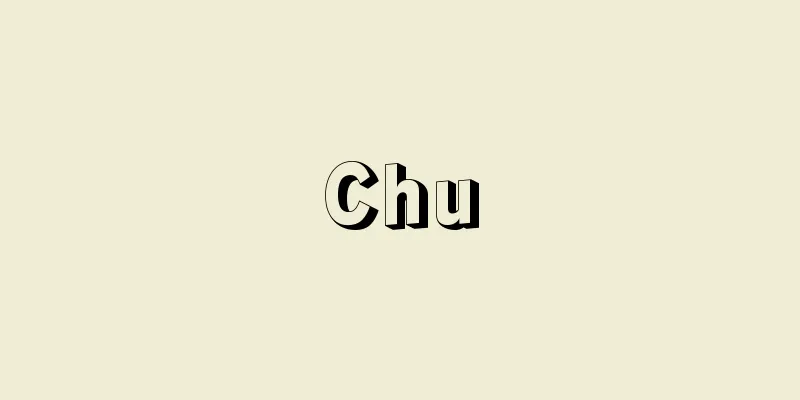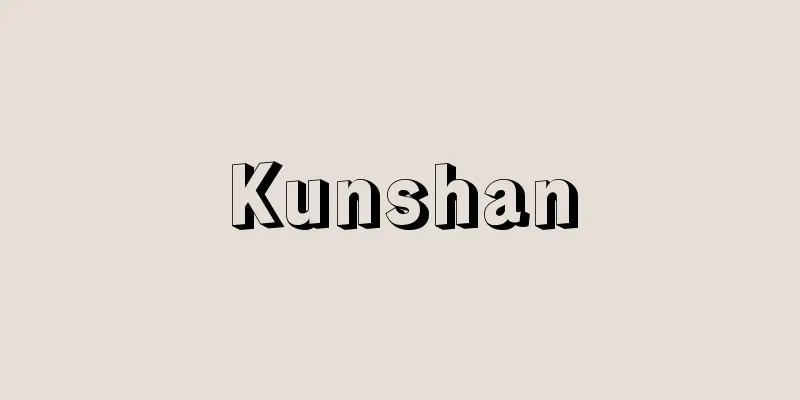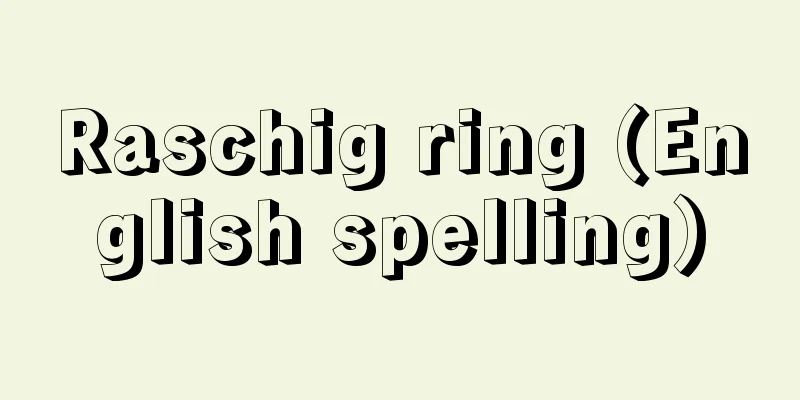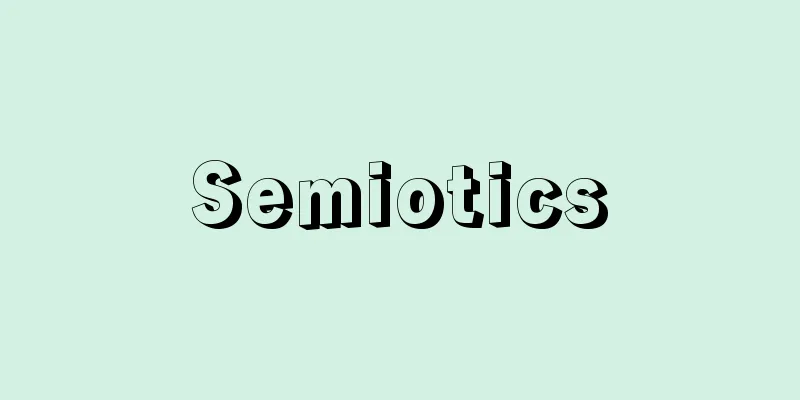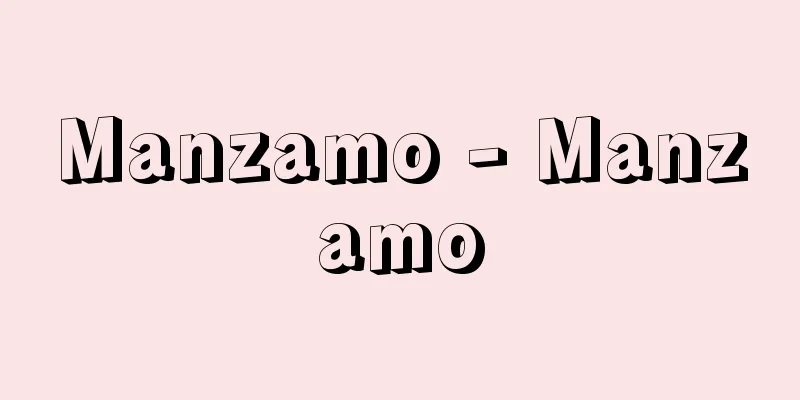Organic chemistry - yuuki kagaku (English spelling) organic chemistry

|
This refers to a branch of chemistry that studies the separation and identification of organic compounds, as well as their structure, properties, reactions, and synthesis. It is the counterpart of inorganic chemistry. The terms "organic compound" and "organic chemistry" are said to have been first used by the Swedish chemist Berzelius in 1806. At that time, it was believed that organic compounds were created by the life force of living organisms, so organic chemistry involved isolating and refining natural organic compounds obtained from the animal and plant kingdoms and determining their composition and structural formula. In 1828, the German chemist Wöhler succeeded in creating urea, a known organic compound, from the inorganic compound ammonium cyanate, overturning the conventional idea that "organic compounds can only be created by the life force within living organisms."
The initial definition of organic chemistry as "the chemistry of substances produced by life forces" gradually developed into the chemical elucidation of biological functions such as metabolism, genetics, and pathology, and now constitutes a separate field of chemistry known as biochemistry. [Mr. Hirota November 18, 2016] "Easy-to-understand organic chemistry - organic compounds for living organisms and materials" by Kobe Satoshi, Takamasa Chenqing, and Saito Mitsuji (1994, Kodansha)" ▽ "Essential organic chemistry" edited by Kameoka Hiroshi and Sonoda Noboru (1995, Kagaku Dojin)" ▽ "Basic organic chemistry for life sciences" by Oriya Takayuki (1996, Kawashima Shoten)" ▽ "Basic organic chemistry" by Yamaguchi Ryohei, Yamamoto Yukio, and Tamura Rui (1998, Kagaku Dojin)" ▽ "Organic chemistry" by Takenaka Katsuhiko, Nishiguchi Ikuzo, Yamaguchi Kazuo, Suzuki Akihiro, Maekawa Hiroshi, and Shimomura Masato (2000, Asakura Shoten)" ▽ "Basic organic chemistry that you can definitely understand" by Saito Katsuhiro (2005, Kodansha) ▽ "Organic chemistry" by Saito Katsuhiro (2005, Tokyo Kagaku Dojin)" [References] | | | | | | | | |Source: Shogakukan Encyclopedia Nipponica About Encyclopedia Nipponica Information | Legend |
|
有機化合物の分離・確認、構造、性質、反応、合成などを研究する化学の一分野をいう。無機化学に対応することばである。「有機化合物」、「有機化学」の語は、1806年にスウェーデンのベルツェリウスが最初に使ったといわれている。その当時は、有機化合物は生物の生命力によりつくられると考えられていたので、動植物界から得られた天然の有機化合物を単離、精製して組成や構造式を決めるのが有機化学であった。1828年にドイツのウェーラーが無機化合物であるシアン酸アンモニウムから有機化合物として知られていた尿素をつくるのに成功し、「有機化合物は生物体内の生命力によらないとつくれない」という従来の考え方を打破した。
有機化学の初期の定義であった「生命力によってつくられる物質の化学」は、しだいに代謝、遺伝、病理等の生体機能の化学的解明へと発展し、現在では生物化学(生化学)として有機化学とは別な化学の一分野を構成している。 [廣田 穰 2016年11月18日] 『神戸哲・高昌晨晴・斉藤光司著『わかりやすい有機化学――生体と材料のための有機化合物』(1994・講談社)』▽『亀岡弘・園田昇編『エッセンシャル 有機化学』(1995・化学同人)』▽『折谷隆之著『生命科学のための基本有機化学』(1996・川島書店)』▽『山口良平・山本行男・田村類著『ベーシック有機化学』(1998・化学同人)』▽『竹中克彦・西口郁三・山口和夫・鈴木秋弘・前川博史・下村雅人著『有機化学』(2000・朝倉書店)』▽『斎藤勝裕著『絶対わかる有機化学の基礎知識』(2005・講談社)』▽『斎藤勝裕著『有機化学』(2005・東京化学同人)』 [参照項目] | | | | | | | | |出典 小学館 日本大百科全書(ニッポニカ)日本大百科全書(ニッポニカ)について 情報 | 凡例 |
Recommend
Spring cleaning - Oosoji
〘 noun 〙① A large-scale cleaning. Especially, clea...
Zaleukos (English spelling)
A lawgiver in the Greek colony of Locrii (Apoikia)...
Oxychloride cement - Oxychloride cement
…Used for refractories, emergency construction, c...
Taisekiji Temple
The head temple of the Nichiren Shoshu sect is lo...
pantokratōr (English spelling) pantokrator
…However, in the West, the former type can be fou...
History of ideas
… Dilthey advocated a science of the mind that un...
Giovanni di Paolo
Around 1403-82 Italian painter. Born in Siena. Spe...
Herzl, Theodor
Born: May 4, 1860, Budapest [Died] July 3, 1904. E...
Cape Coast (English spelling)
A port city on the Gulf of Guinea in southern Ghan...
EKG
(German: Elektrokardiogramm ) Electrocardiogram. S...
Ortepzu - Ortepzu
…Recent developments in computer graphics have ma...
Shozo Motoki
He was from Nagasaki. His pen name was Eikyu and ...
Ursa Major W - Ursa Major W
...The period of this type ranges from several te...
Tomonaga Kinjo
1902-1955 A Showa-era Okinawa researcher and dial...
Balassi (Balassa) Balint
[Born] 1554.10.20 Zoyomu Died: May 30, 1594. Hunga...

